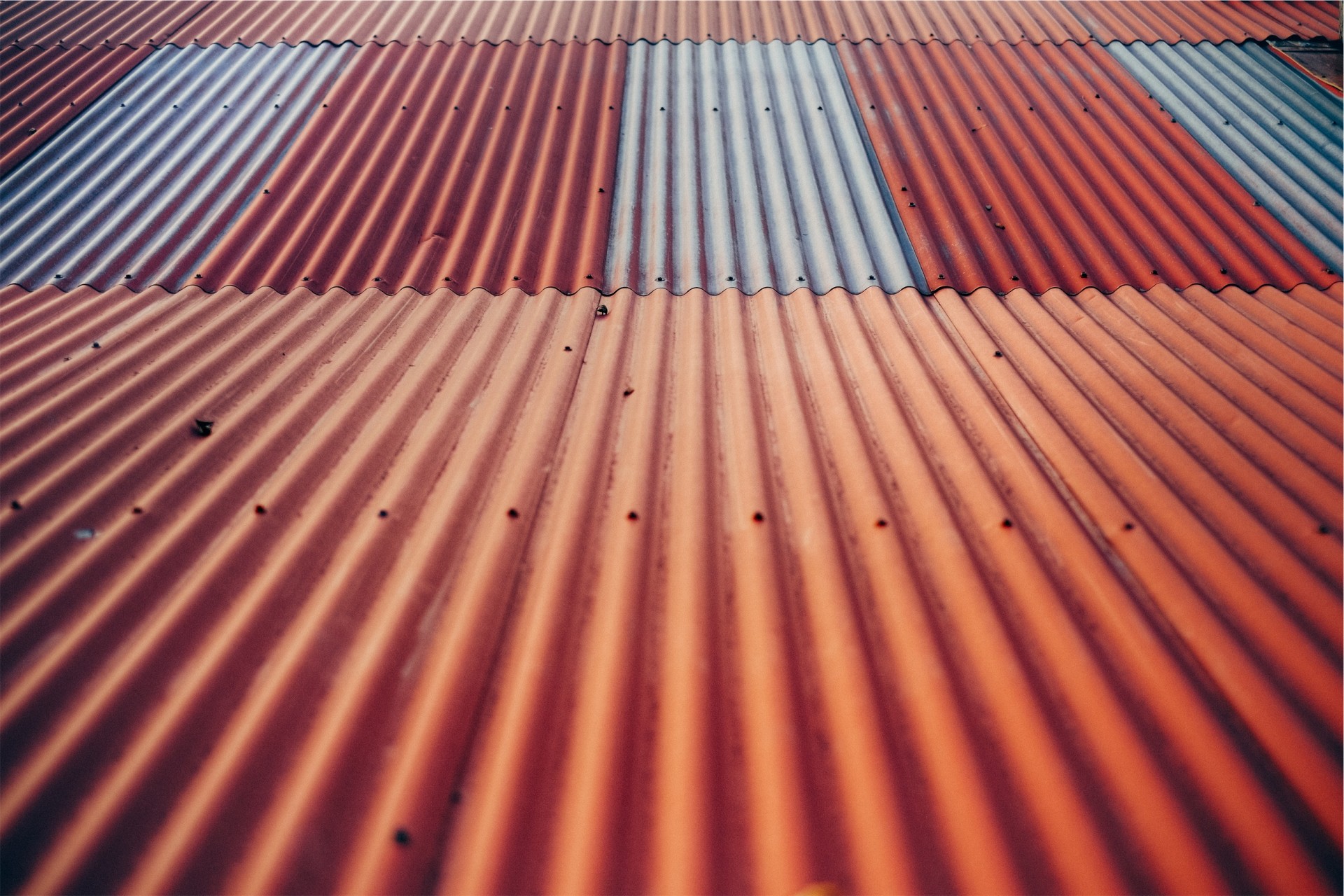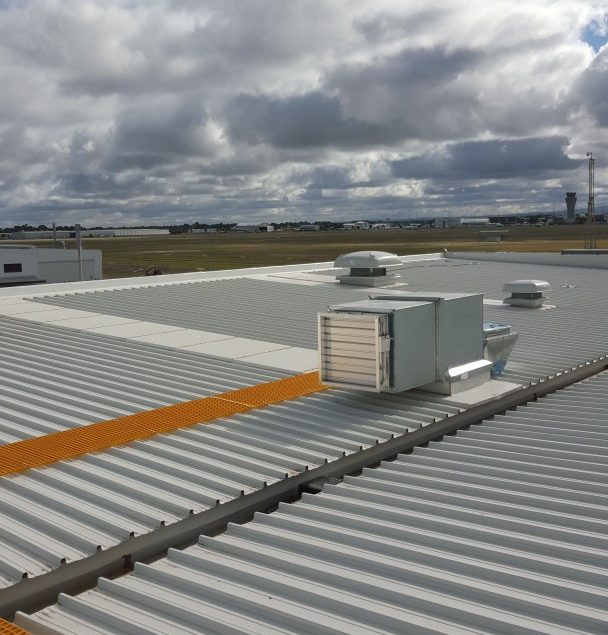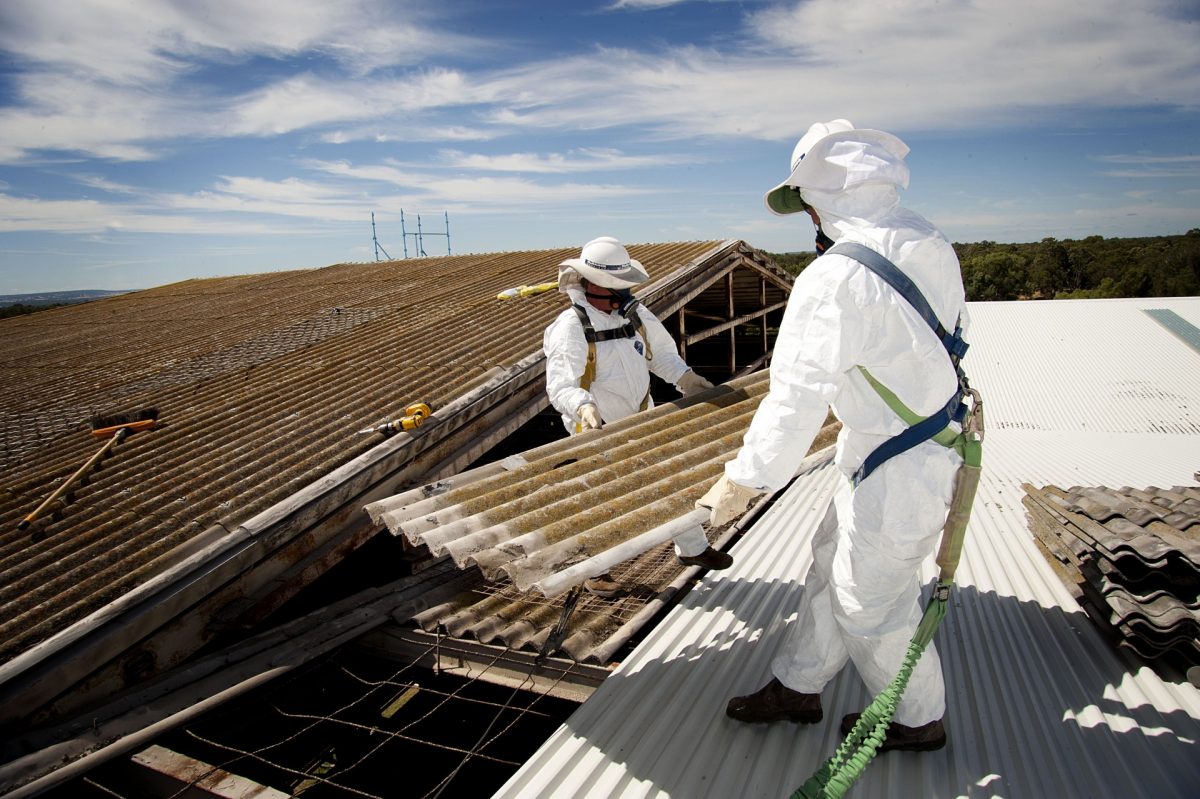News
Commercial Roof Maintenance Tips to Protect Your Business
Commercial roof wear and tear
A roof undergoes serious wear and tear throughout its lifetime, with harsh weather events and basic degradation gradually taking their toll. In a commercial environment, where the safety of individuals and business productivity are dependent on your reliable facilities, it’s crucial your roof is well-maintained.
Property managers and building owners who fail to regularly inspect and maintain their roofs are taking a huge risk.
- Without regular maintenance or repairs, any minor leak or tiny crack could cause substantial property damage or lead to a mould contamination, endangering the health and safety of the building’s occupants.
- Without regular inspections ageing or dilapidated roof infrastructure, roof leaks, asbestos roofs, blocked gutters, skylight damage and brittle structures can go unnoticed until the damage is so severe that a complete roof replacement becomes inevitable.
If you need to have your roof replaced or mould removed, you’ll have to shoulder the costs and loss of revenue caused by business downtime. Also, if you haven’t kept your roof well-maintained, your insurance company could challenge and reject any claim you make.
But, just like any investment, a commercial roof can last for many years (even decades) when properly maintained. By following just a few simple tips, you can prevent minor issues becoming serious problems and protect your building and business year-round.

1. Prepare a roof maintenance plan
A good in-house roof maintenance plan is a vital part of the building’s care and upkeep. Every commercial property should have a clear roof maintenance plan that outlines:
- How often you will inspect your roof.
- Which parts of the roof you will inspect.
- The process for inspecting your roof, including and safety requirements for undertaking work at heights.
- A detailed breakdown or checklist of what you should be on the lookout for (such as corrosion, cracked sealants, loose sections, pooling water).
- The plan of action if damage or weaknesses are found.
- Duty holders (any person who has a work health and safety duty under the WHS Act) should consider the implementation of a roof access system to facilitate the safe undertaking of inspection and maintenance works.
Make sure you also include essential information about the roof, including:
- When the roof was installed.
- Roofing types and materials.
- Roof access system type and dates of certification – where applicable.
- A log of roof repairs and updates.
- Photos of any problem areas.

Following a routine roof maintenance plan will help you identify minor problems before they become major ones. By catching problems early, you can take low-cost, corrective action that increases the lifespan of your roof and helps you avoid the hefty costs of major commercial roof repairs and replacements.
2. Schedule regular roof inspections and maintenance
Your roof maintenance plan should include regular professional inspections and maintenance (at least twice a year) to extend the life of your roof and keep it in the best condition possible.
Because extreme weather can and will do damage to your commercial roof, it’s best to schedule these inspections after the coldest and hottest times of the year.
Having a professional, experienced roof contractor inspect your roof and scrutinise everything from installation to the external structure, and roofing attachments like skylights will help detect even the smallest faults and errors. They’ll then take immediate action to repair damaged areas or strengthen weak spots so you can be assured that your building is protected and up to standards.
Biannual (or more) inspections and maintenance take far less time and cost significantly less than major roof repairs or a full roof replacement. Keep your business open and your clients happy by catching small problems before they become big ones.
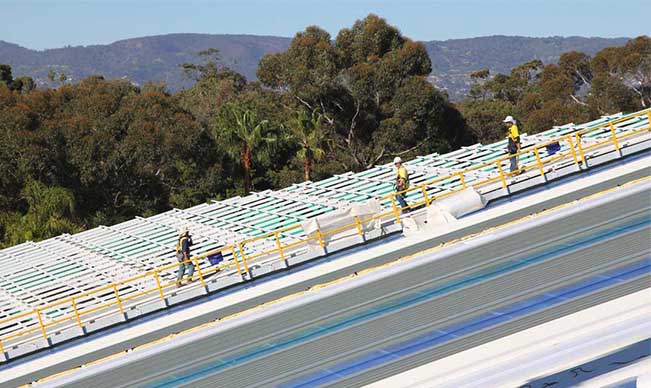
3. Inspect your roof after major weather events
While you and your clients shelter from the rain or blistering sun in your building, your roof is weathering the storm. Your roof is the first line of defence against the natural elements so it shouldn’t come as a surprise that extreme weather can cause significant damage to it.
Strong winds can blow debris across your roof and dislodge roof flashings and cladding. Clogged drains and heavy rains can create pools of standing water while gutters / downpipes filled with leaves and debris become blocked causing overflow and flooding of building interiors.
Hailstorms can crack or puncture roof materials (or even cause a partial roof collapse), while high temperatures can make your building’s structure expand, causing cracks to appear in your roof.
With all the stress that extreme weather can cause to your roof, it’s important that you follow all major weather incidents with an inspection to assess any damage that’s been done and book in necessary repairs immediately.
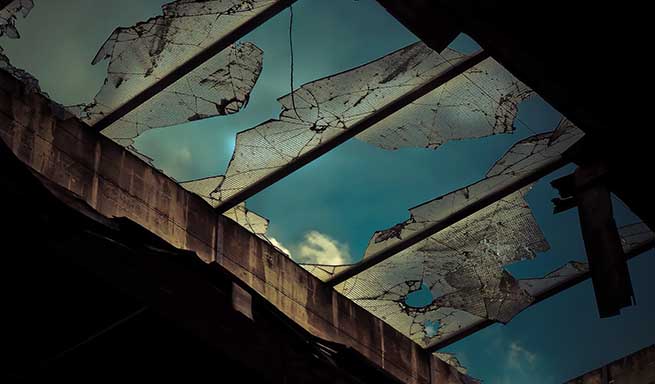
4. Make commercial roof repairs quickly
It’s true what they say: prevention is better than a cure. But, no matter how vigilant you are or how well-maintained your commercial roof is, you’ll likely come across a few cracks, leaks or gaps during its lifetime. When the inevitable happens, make sure you address repairs quickly, no matter how small or seemingly insignificant the damage is.
If you ignore that small hole in the roof, you may soon have to deal with some unwelcome occupants: insects, rodents, and birds will gladly set up house in the warmth and comfort of your building. Meanwhile, that tiny leak keeps getting bigger and bigger, becoming the perfect breeding ground for allergy-causing mould infestations. Mould can be extremely dangerous so if you suspect your roof or building is infected, we strongly recommend you have it inspected by a professional immediately.
Quickly finding and fixing holes or leaks in your roof before they become dangerous for everyone in the building will keep your customers safe and comfortable while also protecting your building and business from pests and mould.
A word to the wise – any damage to the roof membrane, flashings, cladding, and cappings should be reported and repaired immediately by a professional contractor. If you decided to hire an unauthorised contractor or tackle a roof system problem yourself, your actions could void the roof’s warranty and lead to your insurance claim being rejected.
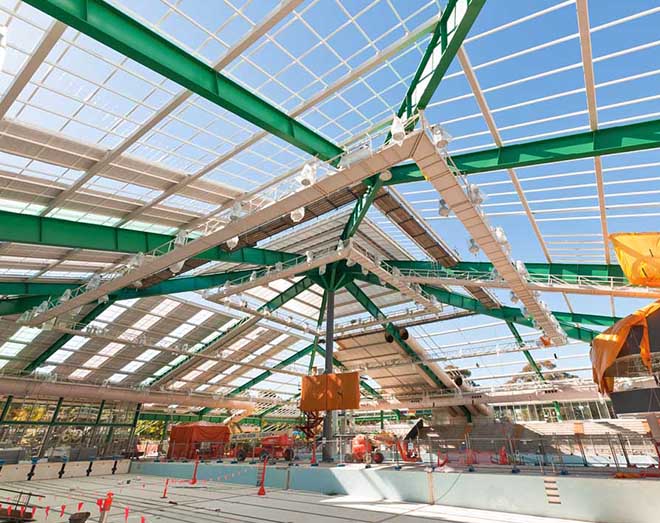
What should I do if I have an asbestos roof?
It’s common for many commercial buildings to have an asbestos cement roof sheeting if it was built before 1990. Over time, asbestos cement roofs will deteriorate due to weather. As the cement slowly breaks down, asbestos fibres could be released into the air, posing a significant risk to your health and the health of your staff and the general public.
If your commercial property contains any asbestos products, you are legally required to have an asbestos register undertaken. You should engage a specialist to undertake this register for your property and to inspect the condition of your asbestos roof and include considerations within your roof maintenance plan. Ideally, you should aim to remove and replace your asbestos roof as soon as practically possible to ensure the safety of all personnel.
After any significant weather event such as hailstorms and high winds, it is advised to engage a professional to inspect the condition of your roof. Any damage caused may have serious consequences such as asbestos contamination from disruption to the asbestos roof sheeting.
Regular commercial roof inspections and ongoing maintenance are essential to extending the life of your roof and saving money in the long-term.
Invest in your roof now.....and make huge savings later
Your commercial roof is the first line of defence against the weather, and as a result, it’s the most vulnerable part of your building. Rapid deterioration and premature roof failure can put your building and its occupants at risk, leading to health and safety dangers, damaged assets, loss of revenue through business downtime, costly repairs, and lowered property value.
With regular inspections and a clear preventative roof maintenance plan, you can avoid unnecessary and costly commercial roof problems. Inspecting your roof after major weather events and having a professional contractor detect damage and make repairs quickly will help your roof stand the test of time. The better the maintenance, the longer your commercial roof will last and the happier your clients and customers will be.
